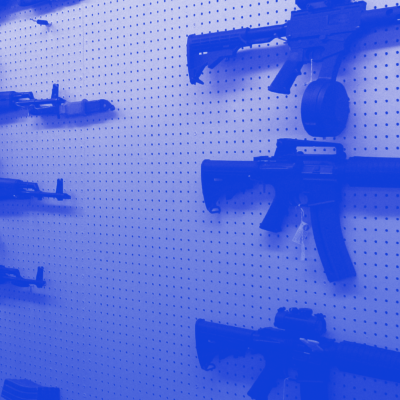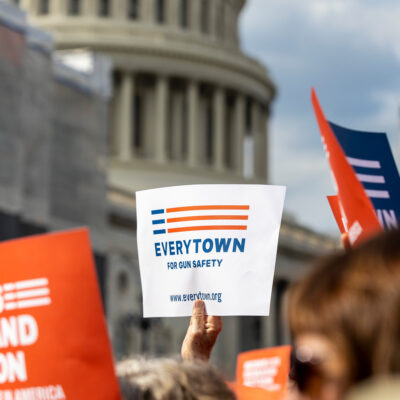Ruling on Fatal Police Shooting of 25-Year-Old Jayland Walker Highlights Need to Take Action on Gun Violence By Police, Specifically Use-of-Force Standards and Accountability
4.21.2023
On Monday, an Ohio grand jury declined to charge police officers in the horrific killing of Jayland Walker. The fatal shooting is a tragic reminder of the persistent problem of police gun violence and the need to do everything we can to prevent these outcomes, including strengthening and implementing policies to reduce police violence.
On June 27, 2022, Jayland Walker, a 25-year-old Black man, was shot and killed by police after being pulled over in the early morning for a traffic violation. Akron police fired at Walker nearly 100 times, resulting in him being shot dozens of times.
In an average year, police fatally shoot 29 people in Ohio, and across the country, police shoot and kill over 1,000 people annually. From 2019 to 2022, 117 people in Ohio have been shot and killed by police. Black people are victims of police gun violence at a disproportionate rate. Black people are nearly three times more likely to be shot and killed by law enforcement than their white counterparts, and according to Mapping Police Violence, Black people are over four times as likely to be killed by police as white people in Ohio.
Police violence is gun violence, and in order to prevent future tragedies, it is essential that law enforcement agencies adopt meaningful use of force policies, which encourage de-escalation, utilize early intervention systems, and ensure that abusive officers can be held accountable.
Research suggests that implementing specific use-of-force policies can save lives. One 2016 study of 91 large police departments found adoption of use-of-force reform policies—exhaustion of other means prior to shooting, bans on chokeholds and strangleholds, use-of-force continuum, de-escalation, duty to intervene, restrictions on shootings at moving vehicles, and warning before shooting—was associated with fewer people killed by police.
In addition to the need for stronger policies to prevent police violence, it is important to note the shooting of Mr. Walker took place in Ohio, where leaders have spent the past decade weakening the state’s gun safety laws and expanding when and where anyone can justifiably use deadly force, by passing dangerous laws like permitless carry and Ohio’s Shoot First or Stand Your Ground law. Shoot First laws give people a license to kill, allowing them to use deadly force as a first option rather than the last resort, and then claim self defense, even in cases where there’s a safe alternative. Shoot First encourages and emboldens people to shoot others based on a perceived threat. In a country where people of color are often implicitly associated with danger, this policy certainly isn’t equitable. Ohio leaders have created a culture based on their ‘Guns Everywhere’ agenda and have put Ohioan lives in danger — disproportionately black lives.




